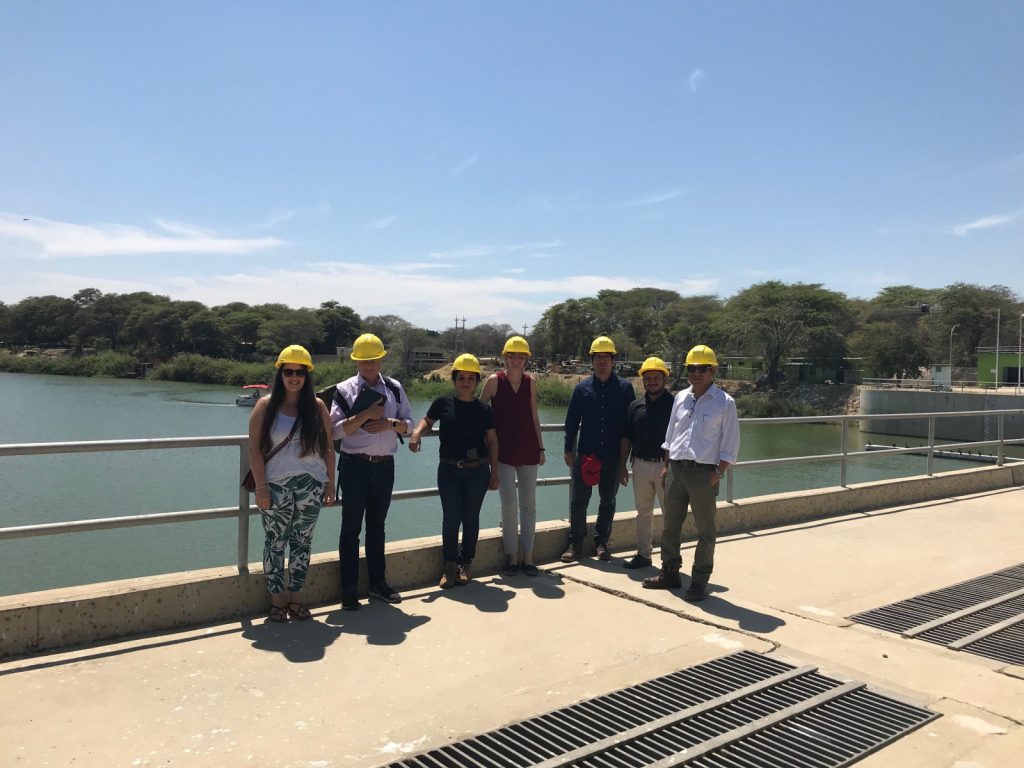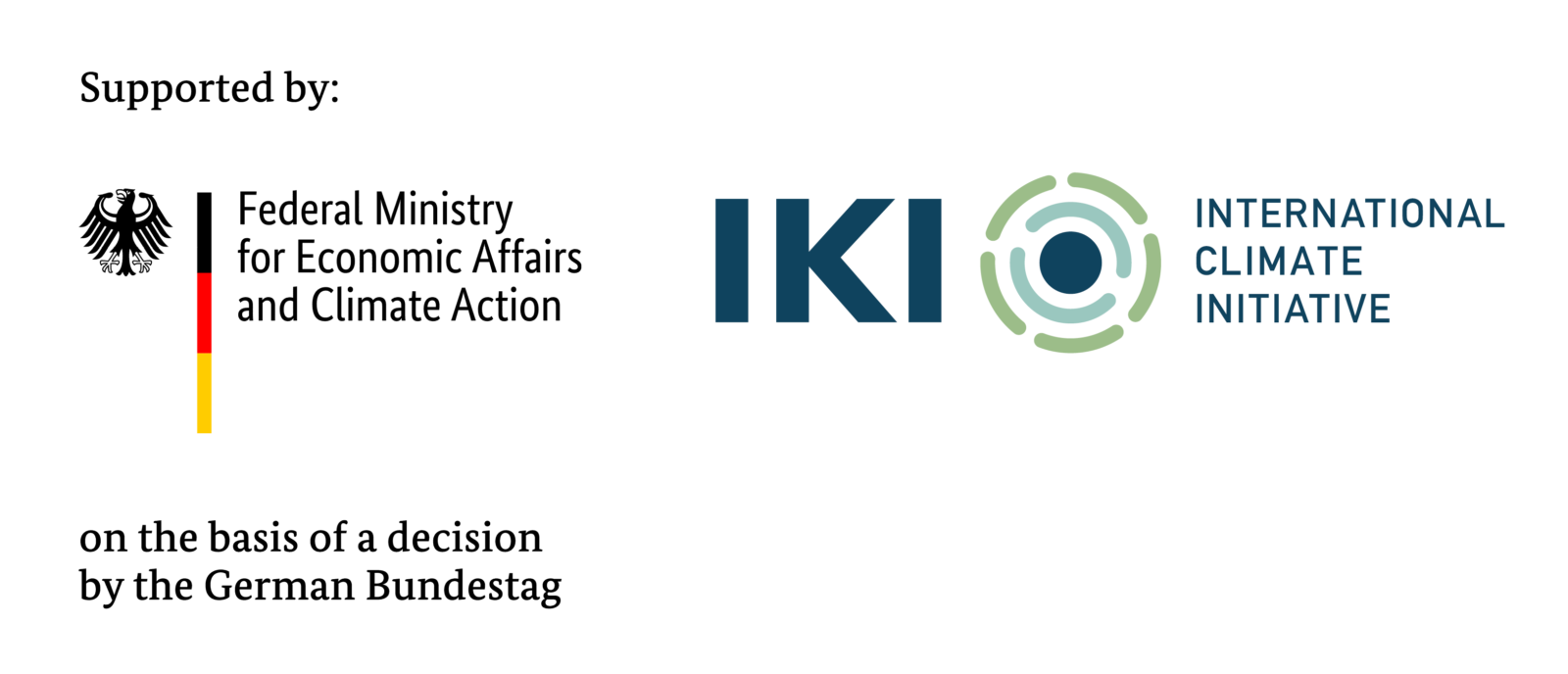Interview with Local Coordinator in Piura Stella Schroeder from the University of Piura.
Making cities fit for climate change is a very important task for me. It is crucial to bring together local actors, to work in a participatory way and thus prepare the city for the future

Q.: Please describe your work within the project in three words.
A.: Coordination, Research, Exchange

Q.: What does a typical working day look like for you?
A.: Not all days are the same. On a normal working day, I get up in the morning and do yoga. Then I go to university, where I have my office. Usually on foot or if I’m in a hurry by bike. As a lecturer, I either have students visiting me or I use the first hours of the day to prepare my classes and take care of administrative tasks. Oftentimes, I also have appointments within the community, talking to local actors in urban development or carrying out workshops. In the afternoon I continue working on tasks for the project or on my doctoral thesis, which deals with public space in the informal city. At the end of my working day I do sports or visit a restaurant with friends.
Public life is severely restricted here due to the corona crisis. Nevertheless, I try to follow my rhythm as far as possible and continue working in my home office. Teaching is currently only possible online, and all other meetings have been moved to virtual channels as well.
Q.: Please Tell us about your way into the project.
Ever since my time as a consultant for urban development in Germany and later at the Gesellschaft für Internationale Zusammenarbeit (giz) in Peru, I worked a lot with local communities. I think it’s very important to bring local actors together, to work in a participatory way and thus prepare the city for the future. During my studies, I already concentrated on sustainable urban development. I consider it a very important task to make cities fit for climate change.
Furthermore, I have lived in Peru in 2017 and experienced the El Niño climate phenomenon. The city was badly affected by the floods. This first-hand experience made it even clearer to me how important adaptive and preventive measures are. Tackling climate change is a long-term task, but adapting cities also works in the short and medium term. I think that all these dimensions should be brought into harmony in urban planning, as well as in cooperation with the local population. There are already many best practice examples.
The causal relationship between the state and planning is evident in many public measures, but in Peru, unfortunately the difficulty of implementing these measures properly becomes evident, as the hands of the municipalities are often tied. The result is unplanned, informal growth and a unconventional way of building within cities. In addition, the country currently lacks the legally required instruments for urban development management. Urban cadasters are decentralized, but in less than 1% of municipalities they are complete and updated. Consequently, local authorities have only a very limited influence on urban expansion and growth.

Q.: Speaking from your present experience: if you could go back, which advice would you have liked to give to yourself at the beginning of the project?
A.: Patience. I think it is very important to understand and respond to the administrative processes at hand. Personal meetings are especially important. Even though most of us spend a lot of time with our mobile phones, especially when dealing with local partners, personal contact is very important as well as identifying the right person to contact on a respective topic.
Q.: What do you wish for in the future of the project?
A.: I would like for the good cooperation between all partners to continue, especially with the local community administration. In this project, the municipality and the university are working together on urban planning issues for the first time. This is a great way to combine research and practice.
I am also looking forward to the on-site event, which will bring together many important actors and hopefully help to further develop and combine the many approaches that already exist. There are already some working groups and initiatives, but many efforts are falling by the wayside and are not having the desired effect. This is where the project can have a wonderful impact. And, of course, I also hope that the pilot project will be successfully implemented, so that urban planning can be directed towards important climate-related issues.

